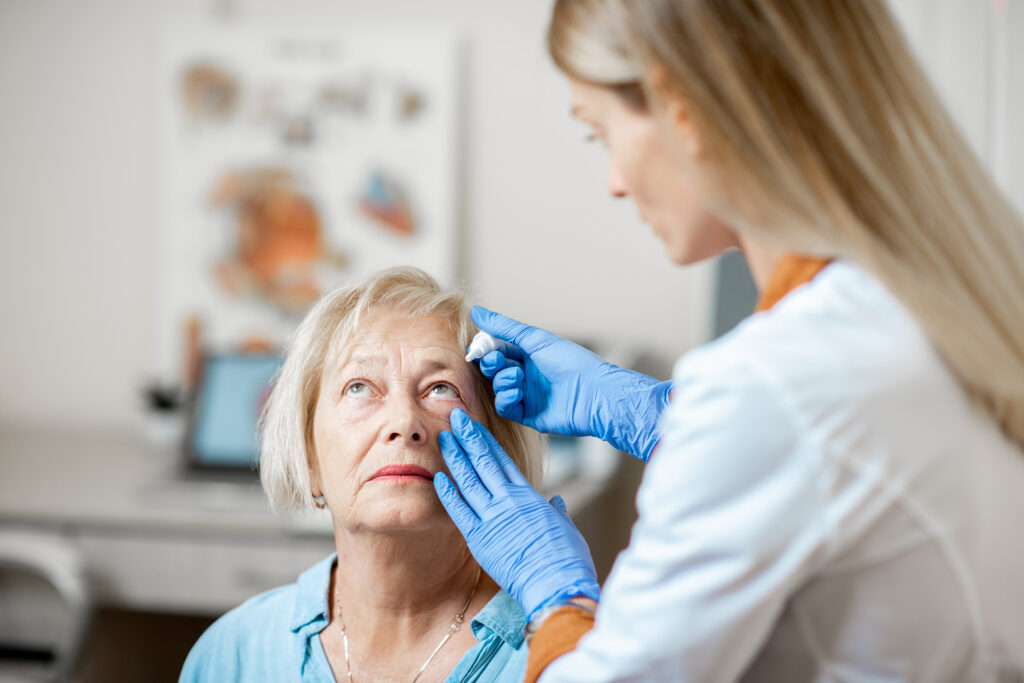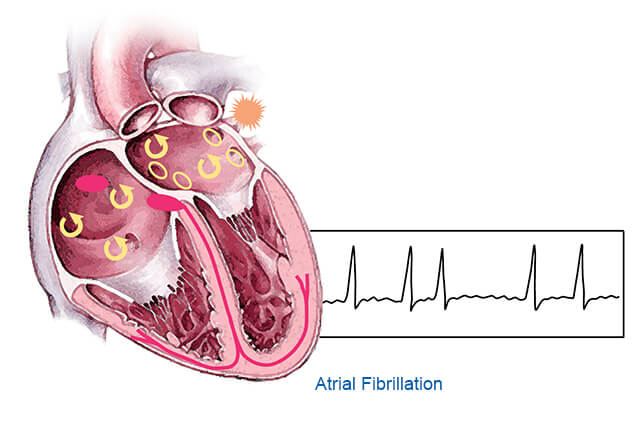
In the United States, pink eye (conjunctivitis) affects an average of 6 million people every year. Pink eye is an eye infection that results in inflammation in the tissues that line your eyelids (the conjunctiva). Different types of pink eye, including bacterial, viral, and allergic conjunctivitis, require different treatments. Viral and bacterial conjunctivitis are highly contagious, and you can develop the infection in just one or both of your eyes.
Since it’s common to experience some form of irritation to your eyes, it may not be easy at first to identify whether you have pink eye. One telltale sign is how your eye looks with conjunctivitis: The whites of your eyes will be pink or red, and your eyelids will appear swollen and droopy. You might also see discharge coming from the eye or crusting on your eyelashes. To manage the condition and know what treatments are available, you first need to know the cause of the infection.
Causes of Pink Eye (Conjunctivitis): Bacterial, Viral, or Allergic?
Pink eye can result from a bacterial or viral infection or an allergic reaction. Viral pink eye is the most common type. These infections are often the result of the same viruses that cause respiratory illnesses like the common cold, such as adenoviruses.
With viral pink eye, you may experience these symptoms:
- Burning sensation
- Grittiness
- White discharge
- Cold or flu-like symptoms
Viral pink eye usually starts in one eye and moves on to the other.
Some cases of pink eye result from bacterial infections. The most common bacteria that cause pink eye are Streptococcus pneumoniae, Staphylococcus aureus, Haemophilus influenzae, and Pseudomonas aeruginosa.
If you have bacterial pink eye, your eyes might discharge a lot of pus that can stick your eyelids together. In some cases, bacterial pink eye can present with an ear infection.
To get bacterial or viral pink eye, you need to come into contact with someone who has it. This might happen when you shake their hand and then touch your eye. Not cleaning your contact lenses correctly can also be a cause.
The cause of allergic pink eye is an allergen or irritant. These can be:
- Pet dander
- Cigarette smoke
- Pool chlorine
- Pollen
- Car fumes
Typically, allergic conjunctivitis occurs in both eyes simultaneously and can cause heavy itching, tearing, and swelling. It can sometimes occur with a dry, scratchy throat, sneezing, and asthma symptoms.
Treating Pink Eye (Conjunctivitis)
Once you know what type of conjunctivitis you have, you can find the right treatment option.
For viral pink eye, you have to let your body fight off the virus on its own. You can make yourself more comfortable as the disease works its way out of your body by placing cool washcloths over the affected eye. It should resolve on its own in one to two weeks.
If the virus that causes pink eye is from the chicken pox virus family, from the herpes family, or the result of a sexually transmitted disease, you may need antiviral medication.
For bacterial pink eye, you will likely need antibiotics. These can come as eye drops, pills, or ointments.
For allergic pink eye, you can rinse your eyes out well and try to prevent further contact with the irritant. You can find over-the-counter eye drops that contain antihistamines, or you may need prescription anti-inflammatory eye drops.
Can You Prevent Pink Eye (Conjunctivitis)?
You can help avoid catching viral and bacterial conjunctivitis by washing your hands if you encounter someone with the condition. If you tend to rub your eyes or touch your face a lot, try to break yourself from that habit.
Avoid sharing personal items like makeup, towels, eye drops, contact lenses, and anything else that touches your face.
If you use contact lenses, wash your hands before handling them and use appropriate cleaning solutions.
If you have pink eye in one eye, you can prevent it from spreading to the other eye by meticulously not touching the infected eye and not using products you use on it on your other eye. That includes washcloths and eye drops.
Managing Pink Eye
By knowing what type of pink eye you have, you can take the proper steps to manage the symptoms, whether turning to medications or waiting for it to pass. With some simple home care, you can prevent complications and help keep the disease from spreading to those around you.
Resource Links
- “Conjunctivitis” via National Library of Medicine
- “Adenoviruses” via National Library of Medicine
- “Streptococcus pneumoniae” via National Library of Medicine
- “Staphylococcus aureus infection ” via National Library of Medicine
- “Haemophilus influenzae infection” via National Library of Medicine
- “Pseudomonas aeruginosa” via National Library of Medicine




